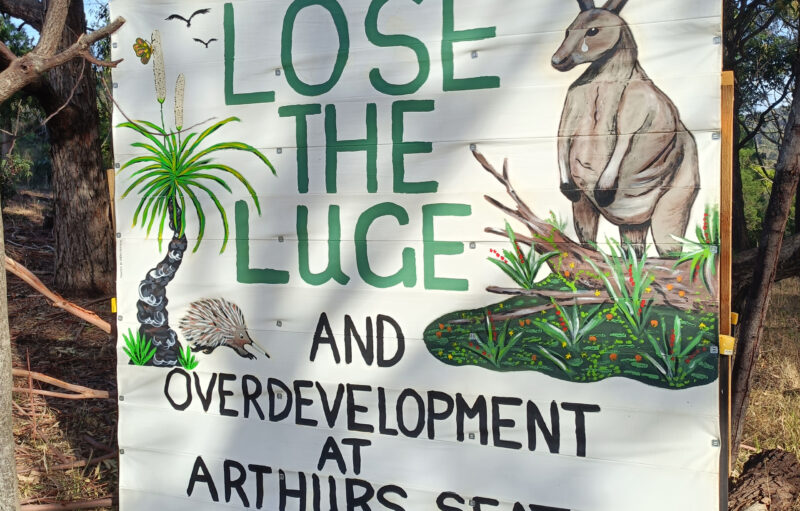PARK WATCH Article June 2025 |
Despite their Critically Endangered status, government actions only serve to undermine not strengthen Dingo conservation, reports Jordan Crook, Parks and Nature Campaigner
Just over a year ago, a historic decision protected the Dingo/Wilkerr population in the Big Desert-Wyperfeld area. This vast, remote landscape spanning Wyperfeld National Park, Big Desert Wilderness Park and Big Desert State Forest is home to fewer than 40 of these remarkable apex predators. It’s Victoria’s only formally recognised Dingo protection zone.
Agricultural interests are pushing to outfit these wild animals with GPS-enabled shock collars that would alert farmers when Dingoes/Wilkerr venture near properties. There’s a concerning discussion about reintroducing leg-hold traps – spring-operated devices that capture animals by the limb. These proposals, progressed without proper consultation with Traditional Owners or conservation organisations, raise serious ethical and scientific concerns.
Agriculture Minister Ros Spence appears to support this measure, while Environment Minister Steve Dimopoulos’s position is unclear.
VNPA and other conservation groups have written to both ministers about the lack of consultation, animal welfare concerns, and the overall threat to this tiny, vulnerable population.
While tracking collars can be valuable research tools, misused data can place already threatened wildlife at greater risk. With so few surviving individuals, the north-west Dingo/Wilkerr population cannot withstand this additional stress.
Non-invasive methods, however, like camera arrays and genetic sampling, provide crucial insights into movement and behaviour without endangering the animals.
A toxic mistake
In February 2025, 1080 poison baits were discovered in Big Desert State Forest – the heart of the Dingo/Wilkerr range. This directly contradicted a 2024 ministerial statement acknowledging their risk of extinction and promising stronger protection.
Thanks to swift action by dedicated Big Desert Dingo research volunteers, the baits were retrieved. It’s unknown how much poison was consumed by wildlife before removal.
It shouldn’t fall to volunteers to hold our elected representatives to account. The incident revealed a fundamental flaw in how our state looks after the welfare of Dingoes.
Responsibility is split between DEECA’s biodiversity division and Agriculture Victoria – departments with conflicting approaches.
Instead of a coordinated recovery effort of habitat protection, genetic rescue and non-lethal measures for guarding livestock, we see fragmented policies and confused priorities. The result is poor (and often deadly) outcomes for these iconic mammals.
For the Wotjobaluk Nations, the Dingo/Wilkerr holds profound cultural and spiritual significance. Decisions about this endangered totemic animal must involve genuine partnership with Traditional Owners, not closed-door agreements.
A test of nature leadership
Protecting Dingoes/Wilkerr extends beyond the animal to the health and resilience of entire landscapes and habitats.
As apex predators, Dingoes/Wilkerr maintain a balance in the natural web of life. Their survival is interconnected with countless other native plants and animals.
We need a clear stance from the Environment Minister, reconsideration from the Agriculture Minister, and leadership from both. The north-west Dingo/Wilkerr population is at a critical threshold. This is a true test of Victoria’s commitment to nature conservation.
Will Victoria act decisively and create a future for one of Australia’s most iconic wild animals, or have a hand in its extinction?
Find out more about Big Desert Dingo Research at bigdesertdingoresearch.org
- Read the latest full edition of Park Watch magazine
- Subscribe to keep up-to-date about this and other nature issues in Victoria
- Become a member to receive Park Watch magazine in print
